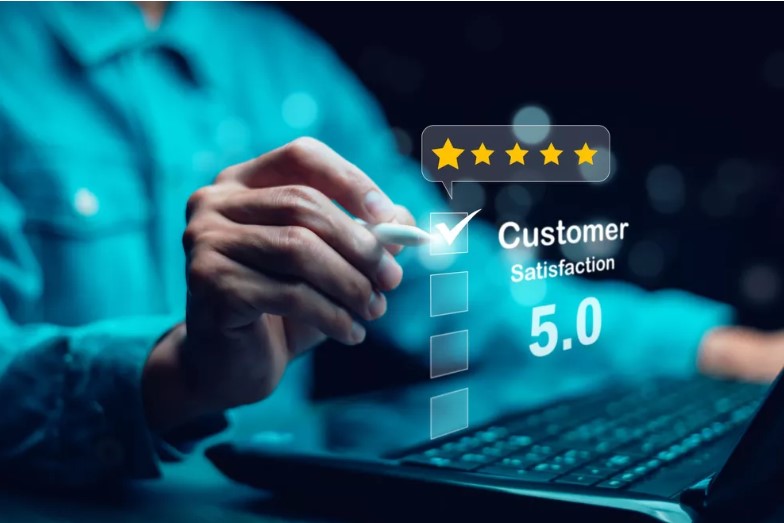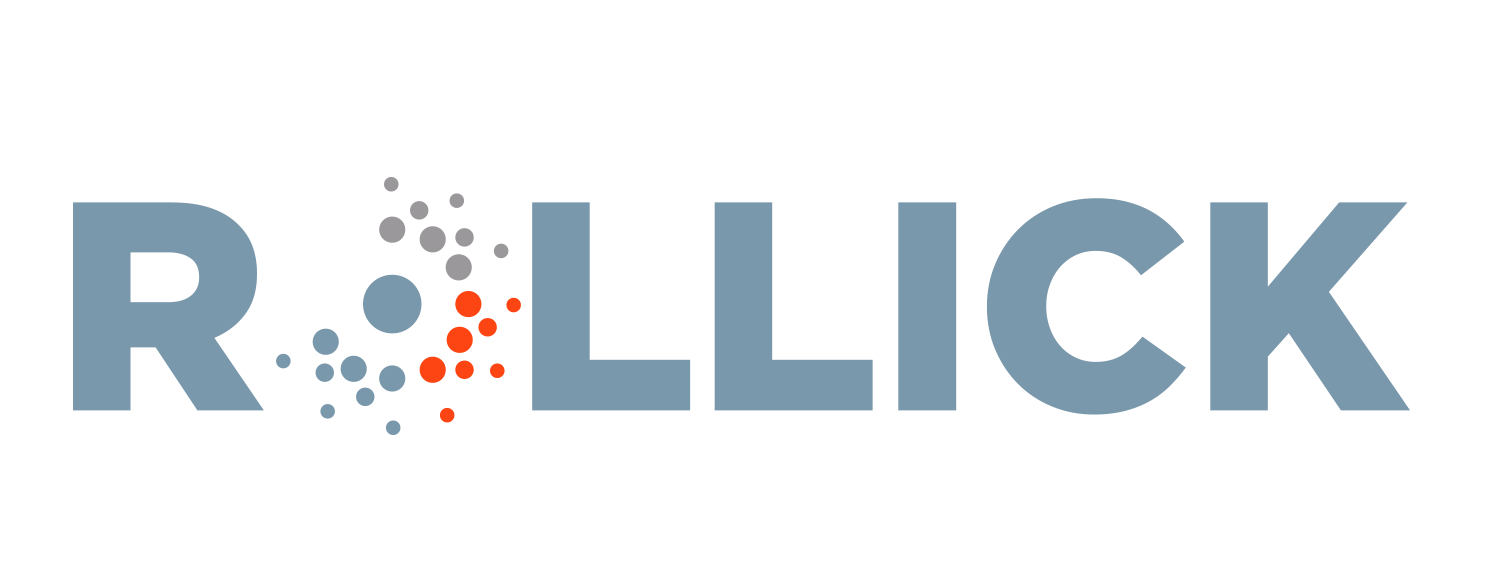Within the last year, you’ve probably heard or read about a new buzz word taking over our industry: predictive marketing. As you may have already guessed, predictive marketing is simply a method used to extract key insights from existing customer/prospect datasets to predict future outcomes or purchase behaviors. Sounds like traditional marketing research, right? Well, yes and no.
The primary difference between traditional marketing research and predictive marketing is that instead of using surveys or consumer research methodologies (which is still essential to marketing success) to understand or predict consumer purchase patterns, we use Aimbase Marketing Automation and existing client email marketing initiatives to track website browsing behavior after consumers engage with email content. Ultimately, giving marketing and sales teams additional insight into the products and services consumers are really interested in.
As you know, most email marketing software limits your reporting capability to engagement within the email (E.g. opens, clicks, etc.) – leaving you with little to no data on the footsteps potential buyers are taking on your website. With Aimbase, we solve this critical reporting problem by attaching tracking tags to everyone in your email database, allowing you to track all the digital interactions consumers are taking on your website – even if lead capture forms weren’t submitted.
With this predictive marketing strategy – we call it HIT (Highly Interactive Targets) Prospecting – our clients are now experiencing up to 4x more sales. How you ask? For starters, with HIT Prospecting, marketing and sales teams now have all the data they need to qualify and understand the needs of “passive leads.” Passive leads are generally categorized as individuals who occasionally engage with your email content but haven’t expressed interest in your brand by submitting a lead on your website.
Most passive leads are probably considering your brand, but they are also self-educated and typically rely on the digital ecosystem, rather than human/salesperson interaction, to gather information and research products they are interested in. HIT Prospecting takes this into consideration by providing sales teams with real-time, webpage browsing behavior (post email engagement), alerting them of the right time to follow-up with potential leads.
To illustrate the effectiveness of HIT Prospecting, take one of our industrial manufacturing clients for example. Since activating Aimbase and a digital engagement strategy with Rollick, they are generating approximately 700 active leads a month (a 50% increase over previous years), while engaging a growing database of almost 20,000 passive leads a month using HIT Prospecting. Can you guess which leads generate the most sales?
Interestingly, if you compare active leads generated from lead forms versus passive leads that hide in the background, passive leads are converting 3.5 – 4x more sales. Here are a couple reasons why:
- Similar to most brands, the universe of passive leads is a lot larger than the amount of active leads coming from website lead form activity. So, when we were able to capture sales/product interest data on the largest portion of the client’s prospect database, the sales team became extremely busy overnight. Armed daily with new leads and critical insights on their purchase intent, more thought-provoking sales conversations were initiated, and even more leads were added to the sales pipeline.
- Attributing sales to email marketing activity can be hard if you don’t have the right tracking technology in place. HIT Prospecting has given our client the ability to track down the self-educated buyers that occasionally engage with brand emails over time yet fly under the radar and go direct to the dealer to make their purchase. So, new sales activity that used to get chalked-up to brand awareness or organic lead generation now has a measurable lead source contributing to the sale.
As with any marketing plan, an integrated approach will naturally help your lead generation efforts while developing awareness for your brand. But as big data continues to drive marketing decisions and consumer experiences, brands need to find innovative ways to attribute sales to marketing activity in order to defend budgets and media spends. If you’re interested in improving your database marketing efforts and driving more demand for your products and services, contact us to schedule an Aimbase Marketing Automation and HIT Prospecting demo today.





